The power steering system is a marvel of automotive engineering, making the driving experience smoother and more enjoyable. At the heart of this system lies a crucial component – the power steering reservoir. In this comprehensive guide, we will delve into the intricacies of power steering reservoirs, exploring their function, importance, and their role in maintaining the health of your vehicle's steering system.
Understanding Power Steering:
Before we plunge into the depths of power steering reservoirs, it's essential to grasp the fundamentals of power steering itself. Power steering is a system designed to assist the driver in turning the steering wheel with less effort. This system is particularly beneficial at lower speeds and when parking, where manual steering can be strenuous.
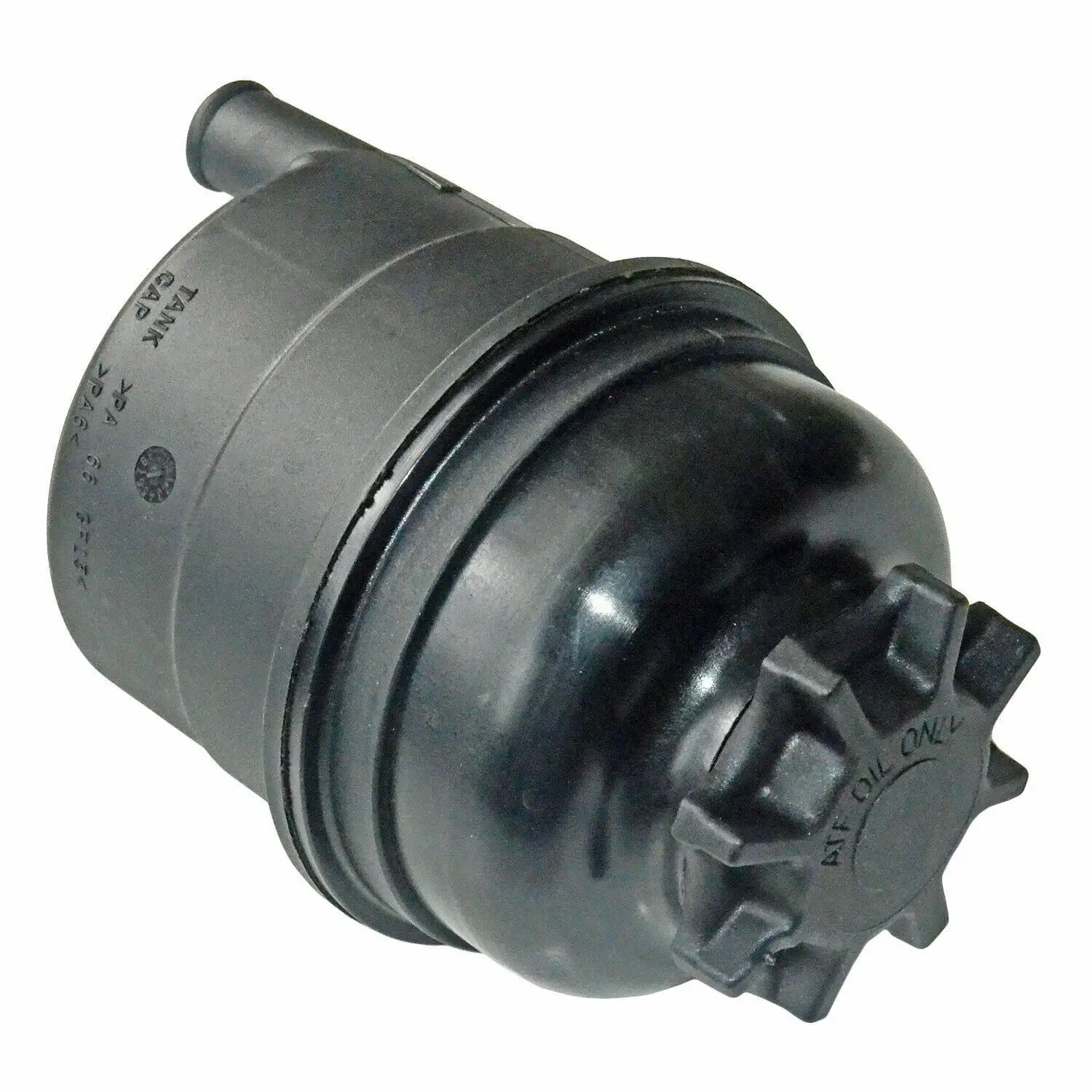
The Steering Rack and Its Role:
At the core of the power steering system is the steering rack. This vital component is responsible for converting the rotational motion of the steering wheel into the linear motion required to turn the wheels of the vehicle. The steering rack, often referred to as the "rack and pinion," is a crucial link in the chain that facilitates responsive and effortless steering.

Power Steering Fluid: The Lifeblood of the System:
Power steering wouldn't be possible without a specialized fluid that acts as the system's lifeblood. This hydraulic fluid, commonly known as power steering fluid, serves multiple purposes. It lubricates the moving parts of the steering system, reducing friction and wear, and it also transfers force within the system, allowing for seamless and efficient power steering.
Enter the Power Steering Reservoir:
The power steering reservoir plays a pivotal role in maintaining the optimal functioning of the power steering system. Located under the hood, often near the engine, the reservoir is a container that holds the power steering fluid. Its design is crucial for ensuring a steady and reliable supply of fluid to the steering system.
Functions of the Power Steering Reservoir:
- Fluid Storage: The primary function of the power steering reservoir is to store an adequate amount of power steering fluid. This ensures that the system has a constant supply of fluid to meet its operational needs.
- Fluid Cooling: Power steering systems generate heat during operation. The reservoir often includes a cooling mechanism, such as fins or a separate cooling circuit, to dissipate this heat and prevent the fluid from overheating. Overheated fluid can lead to a decline in the system's efficiency and cause damage to components.
- Air Separation: Air can find its way into the power steering system during operation, and this can lead to performance issues. The reservoir typically includes features, such as baffles or separate compartments, to help separate air from the fluid, ensuring a smooth and consistent flow of hydraulic fluid.
Common Power Steering Reservoir Designs:
Power steering reservoirs come in various designs, each tailored to meet the specific requirements of different vehicles and power steering systems. The two most common designs are:
- Integral Reservoirs: These reservoirs are integrated into other components of the power steering system, such as the pump or the steering gear. Integral reservoirs are compact and often found in modern vehicles where space is a premium.
- Remote Reservoirs: Remote reservoirs are standalone components, separate from the power steering pump or steering gear. They are connected to the system via hoses. This design allows for more flexibility in placement and is commonly seen in older vehicles.
The Importance of Regular Maintenance:
Like all automotive components, power steering reservoirs require regular maintenance to ensure optimal performance and longevity. Neglecting maintenance can lead to a range of issues, including:
- Fluid Contamination: Over time, power steering fluid can become contaminated with debris, dirt, and metal particles. Regular fluid changes and using a high-quality power steering fluid can help prevent contamination.
- Fluid Leaks: The reservoir, hoses, and other components of the power steering system are susceptible to leaks. Regular inspections can identify and address leaks before they compromise the system's functionality.
- Overheating: Inadequate cooling can lead to power steering fluid overheating, causing a decline in performance and potential damage to the system. Regular checks of the cooling features of the reservoir can prevent overheating issues.
Conclusion:
In conclusion, the power steering reservoir is a critical component that often goes unnoticed in the day-to-day operation of a vehicle. Yet, it is indispensable to the smooth and efficient functioning of the power steering system. Understanding its role, maintaining it regularly, and addressing issues promptly can contribute significantly to the longevity of your vehicle's steering system. So, the next time you turn the steering wheel effortlessly, remember the unsung hero working behind the scenes – the power steering reservoir.
The Previous Articles:
What Is Rack and Pinion Bushing? How To Tell If Rack and Pinion Bushings Are Bad?
Why Steering Rack Makes Noise When Turning?
How To Rebuild A Steering Rack?
What Is A Rotary Valve Power Steering Rack?
Rack And Pinion System Vs Power Steering System: What Are The Differences?
Power Steering Rack Market Analysis Report (Japan Market)
What Causes Steering Rack to Go Bad?
Design Of Car Rack And Pinion Steering Racks
What Is The Intelligent Steering Rack Used By VW, Toyota, Honda And Renault?
Understanding Steering Angle Sensors: A Detailed Overview
Demystifying Power Steering Fluid: Understanding Its Role in Steering Systems
What is steering rack repair kit?
What is power steering reservoirs?
Understanding the Severity of Rack and Pinion Leaks in Your Vehicle
How to Find a Reliable Supplier of Steering Rack in China? Why You Should Choose Us?
What Is a Steering Rack Belt: Exploring the Role of Electric Steering Rack Belts
What Causes Drive Shaft Failure?
Steering Rack: When Should You Replace It?
Is Steering Rack Expensive to Fix? Exploring Steering Rack Repair and Costs
Demystifying the Difference Between Steering Rack and Steering Column

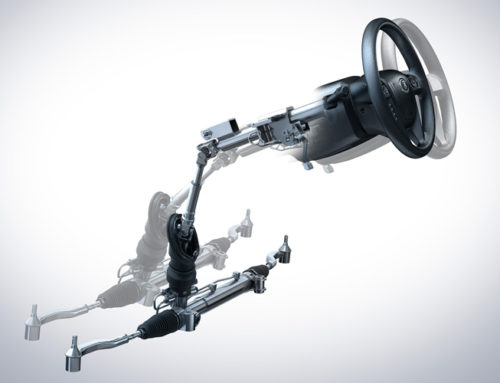
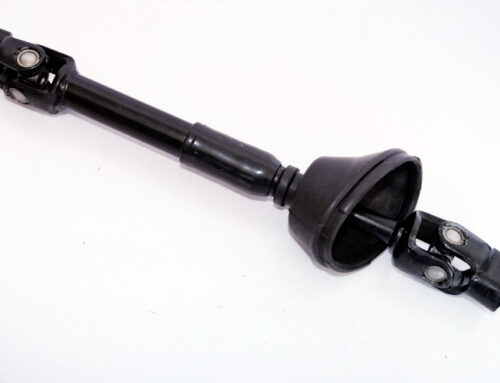
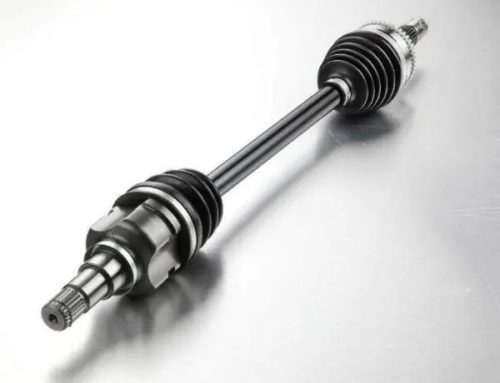
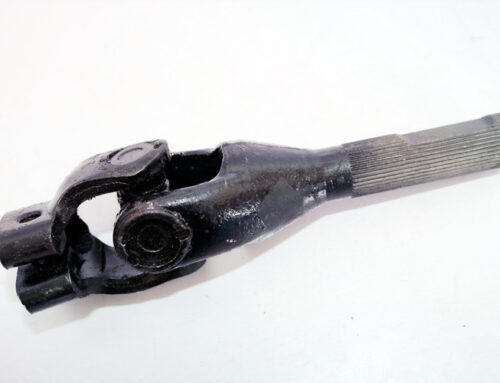

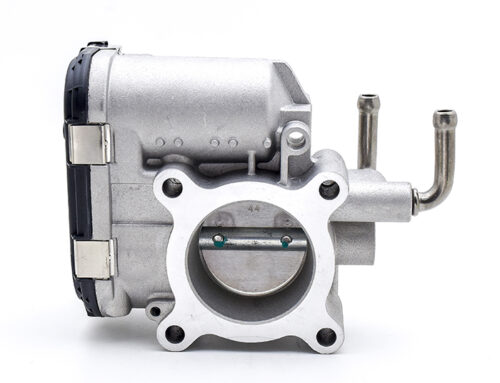
Leave A Comment